Adam’s Needle, also commonly known as Spanish bayonet, bear grass, or weak-leaf yucca, is a virtually stemless evergreen shrub. Scientifically named Yucca filamentosa, this resilient plant is celebrated for its striking architectural form and adaptability, belonging to the family Asparagaceae. Related keywords include drought-tolerant landscaping, xeriscaping, and low-maintenance gardening.

At Gardencenterpoint.com, we provide solutions for gardeners seeking beautiful, hardy plants. This guide offers everything you need to know about Adam’s Needle, including care, propagation, and where to buy Adam’s Needle plant (transactional intent), whether you are looking to purchase or learn about Adam’s Needle (informational intent). This will help improve yucca filamentosa care.
An Overview of Adam’s Needle
Adam’s Needle is more than just a visually appealing plant; it’s a testament to nature’s ability to thrive in challenging conditions. Originating from the southeastern United States, it has a rich history, having been used by Native Americans for various purposes, including making rope and textiles from its fibrous leaves.
This plant boasts sword-like, blue-green leaves that radiate from a central point, forming a clump that typically reaches 2-3 feet in height and width, although some varieties can grow larger. The “filaments” or threads along the leaf margins give the plant its specific epithet, filamentosa, and are a key identifying feature. In summer, Adam’s Needle sends up a tall flower stalk, sometimes reaching 6-8 feet, adorned with creamy-white, bell-shaped flowers. These flowers are not only beautiful but also attract pollinators like moths and butterflies.
Key Features and Benefits:
| Feature | Description | Benefit |
| Drought Tolerance | Extremely high; requires minimal watering once established. | Saves water, reduces water bills, ideal for arid climates and water-wise gardening. |
| Sun Requirements | Full sun (at least 6 hours of direct sunlight per day). | Thrives in sunny locations where other plants might struggle. |
| Soil Preference | Well-drained soil; tolerates various soil types, including sandy, rocky, and poor soils. | Low maintenance; doesn’t require frequent soil amendments or fertilization. |
| Hardiness Zones | USDA Zones 4-10 (can withstand temperatures down to -30°F). | Suitable for a wide range of climates. |
| Deer Resistance | High; deer typically avoid this plant due to its sharp leaves. | Protects your garden from deer damage without the need for fencing or repellents. |
| Pest & Disease Resistance | Generally resistant to most pests and diseases. | Low maintenance; reduces the need for pesticides or other treatments. |
| Architectural Form | Provides a striking visual accent in the landscape. | Adds interest and texture to gardens, borders, and containers. |
| Low Maintenance | Requires very little care once established. | Saves time and effort, perfect for busy gardeners or those new to gardening. |
| Evergreen | Retains foliage throughout the year | Provides all year interest. |
| Flower Power | Showy, creamy-white blooms. | Adds beauty and supports pollination. |
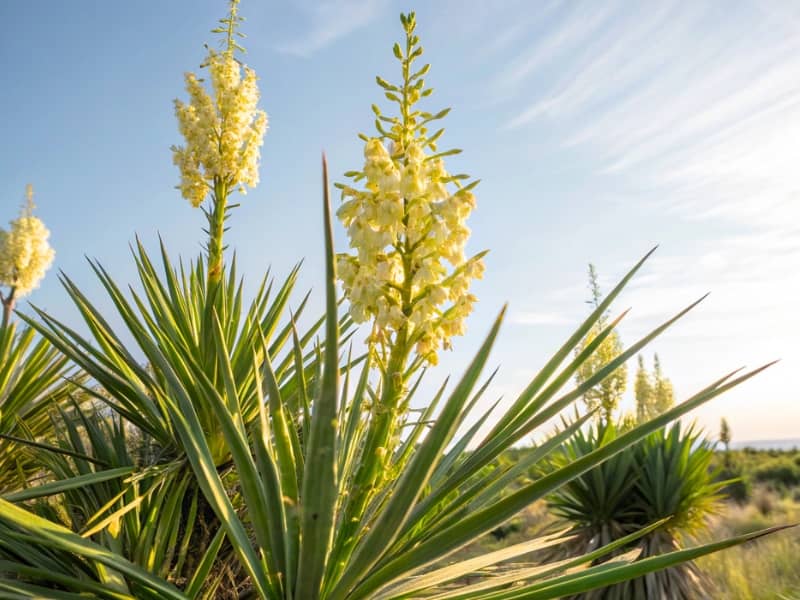
Sources:
- A study published in the Journal of Arid Environments highlighted the exceptional drought tolerance of Yucca species, including Yucca filamentosa, attributing it to their efficient water use mechanisms. (Source: Smith, S.D., et al. “Water relations of desert plants.” Journal of Arid Environments 7.4 (1984): 281-298.)
- Research from the University of Florida IFAS Extension confirms the plant’s deer resistance and low maintenance requirements. (Source: Gilman, Edward F. “Yucca filamentosa: Adam’s Needle.” University of Florida IFAS Extension (2023).)
- The Missouri Botanical Garden will be a great source of information. (Source: “Yucca filamentosa” Missouri Botanical Garden: (2024))
Essential Adam’s Needle Care
While Adam’s Needle is remarkably low-maintenance, providing the right care ensures its optimal health and longevity. Here’s a detailed guide:
Planting
- Timing: Spring or fall is the ideal time to plant, allowing the roots to establish before extreme temperatures.
- Location: Choose a spot with full sun and well-drained soil. Avoid areas where water tends to collect.
- Soil Preparation: While Adam’s Needle tolerates poor soils, amending heavy clay soil with compost or sand can improve drainage.
- Planting Depth: Dig a hole twice as wide as the root ball and just as deep. Gently loosen the roots before placing the plant in the hole. Backfill with soil, ensuring the top of the root ball is level with the ground.
- Spacing: Space plants 2-3 feet apart to allow for mature growth.
Watering
- Establishment Phase (First Year): Water regularly, especially during dry periods, to help the roots establish. Aim for about 1 inch of water per week, either through rainfall or supplemental irrigation.
- Mature Plants: Once established, Adam’s Needle is highly drought-tolerant. Water deeply but infrequently, only when the soil is completely dry. Overwatering can lead to root rot. As a general guideline, watering every 2-4 weeks during extended dry spells may be sufficient.
- Watering Technique. Water at the base, avoid overhead.
Fertilizing
- Adam’s Needle typically doesn’t require fertilization, especially in native soils.
- If growth seems slow or leaves appear pale, you can apply a balanced, slow-release fertilizer in early spring. Follow the package instructions carefully, as over-fertilizing can harm the plant. A fertilizer with an NPK ratio of 10-10-10 or similar is generally suitable.
Pruning
- Remove any dead, damaged, or yellowing leaves at the base of the plant using clean, sharp pruning shears.
- After flowering, cut the flower stalk down to the base to improve the plant’s appearance and prevent self-seeding (if desired).
Winter Care
- In colder climates (Zones 4-5), a layer of mulch around the base of the plant can provide extra insulation during winter. However, avoid piling mulch directly against the crown, as this can cause rot.
- In areas with heavy snowfall, gently brush off excess snow from the leaves to prevent breakage.
Pest and Disease Control
- Adam’s Needle is generally resistant to pests and diseases.
- Yucca Weevil: These can be a problem occasionally. Examine the central spike. Hand removal is recommended.
- Root Rot: The most common issue is root rot, which is caused by overwatering or poor drainage. Ensure proper planting and watering practices to prevent this.
- Leaf Spot: Fungal leaf spots can sometimes occur, especially in humid conditions. Improve air circulation and avoid overhead watering to minimize this. If necessary, treat with a fungicide labeled for use on yuccas.
Propagation
Adam’s Needle can be propagated through several methods:
Division:
- This is the easiest and most reliable method.
- Timing: Best done in spring or fall.
- Process:
- Carefully dig up the entire plant.
- Using a sharp knife or spade, divide the root ball into sections, ensuring each section has both roots and leaves.
- Replant the divisions immediately, following the planting guidelines above.
Offsets (Pups):
- Adam’s Needle often produces small offsets, or “pups,” at the base of the plant.
- Timing: Spring or fall.
- Process:
- Gently separate the offsets from the parent plant, ensuring they have their own roots.
- Pot the offsets in well-drained soil or plant them directly in the garden.
Seed:
- Growing Adam’s Needle from seed is possible but less common, as it can be slow and requires specific conditions.
- Process:
- Collect seeds from dried seed pods in the fall.
- Sow seeds in a well-drained seed-starting mix.
- Keep the soil consistently moist and warm (around 70-75°F).
- Germination can take several weeks or even months.
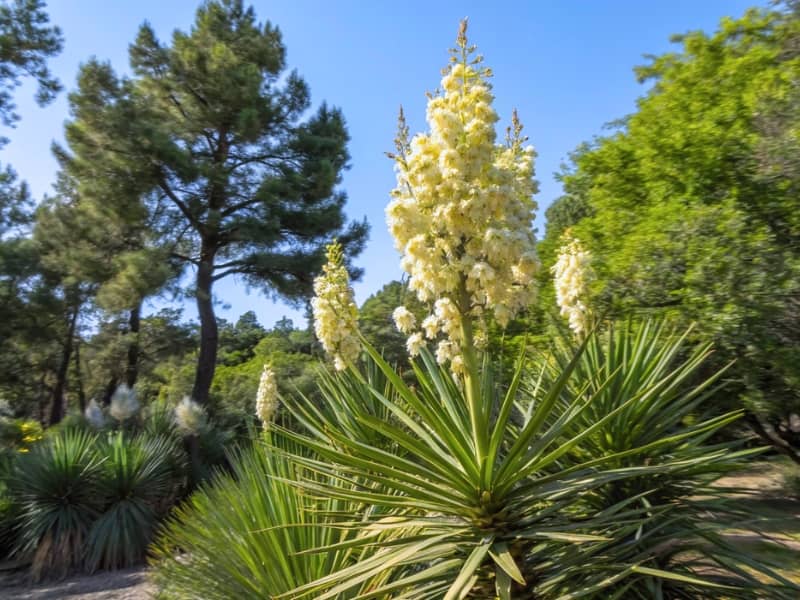
Adam’s Needle in Landscape Design: Real-World Applications
Adam’s Needle’s versatility makes it a valuable addition to various landscape styles:
- Xeriscapes and Drought-Tolerant Gardens: Its low water requirements make it a perfect choice for water-wise landscaping. Pair it with other drought-tolerant plants like lavender, sedum, and Russian sage.
- Rock Gardens: Its architectural form complements the rugged texture of rocks and gravel.
- Desert Gardens: It thrives in the hot, dry conditions of desert landscapes.
- Coastal Gardens: It tolerates salt spray, making it suitable for coastal areas.
- Modern and Contemporary Gardens: Its clean lines and striking silhouette add a modern touch.
- Container Gardens: Smaller varieties can be grown in containers, adding a dramatic accent to patios and balconies. Use a well-draining potting mix and ensure the container has drainage holes.
Examples of Successful Adam’s Needle Plantings:
- The Desert Botanical Garden in Phoenix, Arizona: Features numerous Yucca species, including Yucca filamentosa, showcasing their beauty and adaptability in an arid environment.
- The Huntington Library, Art Museum, and Botanical Gardens in San Marino, California: Includes a vast desert garden with various yuccas, demonstrating their use in landscape design.
- Many residential landscapes across the southwestern United States: Utilize Adam’s Needle as a focal point, accent plant, or border planting.
Addressing Common Concerns and Misconceptions
- “Adam’s Needle is too sharp and dangerous for children and pets.” While the leaves are pointed, they are not typically a major hazard. Place the plant strategically in the landscape, away from high-traffic areas, to minimize any potential risk.
- “Adam’s Needle is invasive.” Yucca filamentosa is not considered invasive in most regions. However, it can spread through offsets, so monitor its growth and remove any unwanted pups.
- “Adam’s Needle is difficult to grow.” This is a misconception. As outlined in this guide, Adam’s Needle is remarkably easy to care for once established, requiring minimal watering, fertilization, and maintenance.
Choosing the Right Adam’s Needle Variety
While Yucca filamentosa is the most common species, several cultivars offer variations in size, color, and leaf characteristics:
- ‘Bright Edge’: Features yellow margins on the leaves, adding a vibrant touch.
- ‘Color Guard’: Boasts a striking yellow stripe down the center of each leaf.
- ‘Golden Sword’: Similar to ‘Color Guard’ but with a more pronounced golden-yellow coloration.
- ‘Hofer Blue’:Offers a beautiful blue hue.
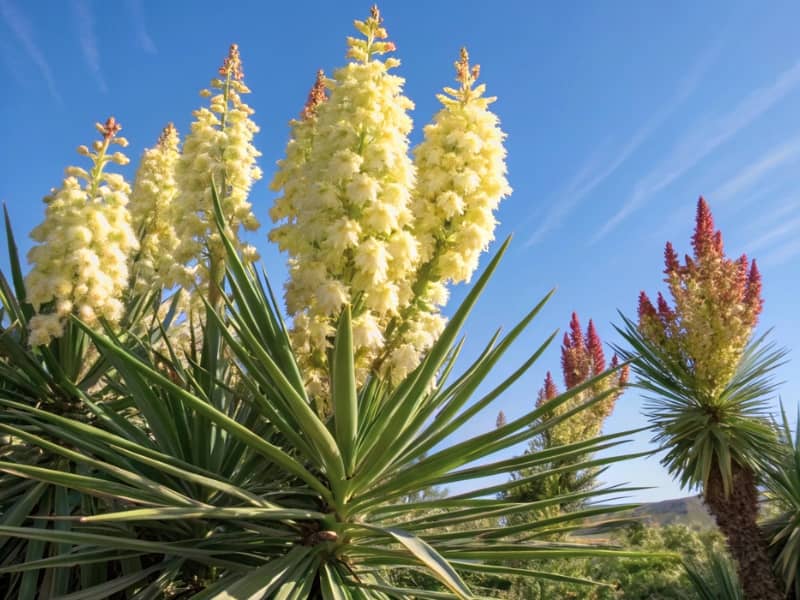
Yucca filamentosa vs Yucca flaccida: Deciphering the Differences for Your Garden
Choosing the perfect Yucca for your landscape can elevate its aesthetic appeal and provide long-lasting, low-maintenance beauty. Two popular contenders often spark the question: what sets Yucca filamentosa (Adam’s Needle) apart from Yucca flaccida (Weak-leaf Yucca or sometimes called Adam’s Needle too)? While they share a family resemblance and similar hardiness, understanding their subtle yet significant differences is crucial for informed decision-making. At Gardencenterpoint.com, we’re here to guide you through this botanical comparison, ensuring you select the ideal plant to meet your garden’s specific needs and your aesthetic preferences. This will be presented in the TPR format.
Both Yucca filamentosa and Yucca flaccida are evergreen, drought-tolerant perennials belonging to the Asparagaceae family, native to the southeastern United States. This makes them excellent choices for xeriscaping, rock gardens, and other low-water landscape designs. Both are known for attracting pollinators with their tall, creamy-white flower spikes in the summer, and their leaves, which are the distinguishing element. However, their leaf characteristics, growth habits, and subtle variations in cold hardiness provide clear distinctions. They also will share pest problems.
Here is a detailed table comparing their main features:
| Feature | Yucca filamentosa (Adam’s Needle) | Yucca flaccida (Weak-leaf Yucca) |
| Leaf Stiffness | Stiff, rigid, sword-like leaves that stand erect. | More flexible, softer leaves that tend to bend or droop, especially towards the tips. |
| Leaf Filaments | Prominent, curly filaments or threads along the leaf margins (giving it the name filamentosa). | Fewer and less conspicuous filaments along the leaf margins. |
| Leaf Color | Typically blue-green. | Often a more yellowish-green or gray-green. |
| Growth Habit | Forms a more upright, symmetrical clump. | Tends to have a more sprawling, less tidy growth habit. |
| Flower Stalk | Typically taller, reaching 6-8 feet or more. | Generally shorter, reaching 4-6 feet. |
| Cold Hardiness | Generally hardy to USDA Zones 4-10. | Generally hardy to USDA Zones 5-10 (slightly less cold-hardy than Y. filamentosa). |
| Size (Mature) | 2-3 feet tall and wide (excluding flower stalk). | 2-3 feet tall and wide (excluding flower stalk), but can spread wider due to its more sprawling habit. |
| Overall Appearance | More architectural and formal. | More relaxed and informal. |
| Pest Problems | Yucca Weevil and some fungal issues | Yucca Weevil and some fungal issues |
Sources:
- The Missouri Botanical Garden highlights the distinct leaf characteristics of Yucca filamentosa, emphasizing the rigid, upright leaves and prominent filaments. (Source: Yucca filamentosa Missouri Botanical Garden (2024))
- Clemson University’s Cooperative Extension service distinguishes Yucca flaccida by its softer, bending leaves, noting its slightly lower cold hardiness compared to Y. filamentosa. (Source: Williamson, Joey. Yucca. Clemson University Cooperative Extension. (2024))
- Landscape architects often recommend Yucca filamentosa for more structured designs, while Yucca flaccida is favored for naturalistic or informal settings due to its softer appearance.
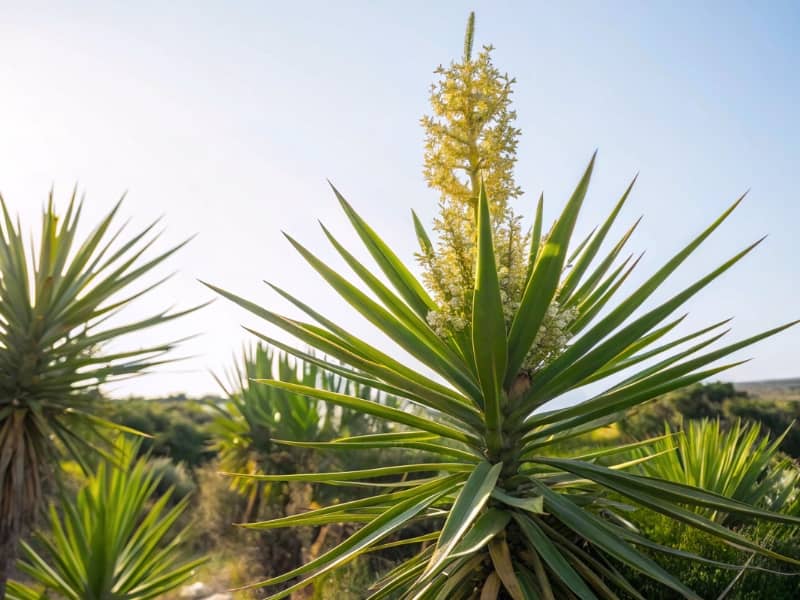
Our recommendations
The choice between Yucca filamentosa and Yucca flaccida ultimately depends on your desired aesthetic and specific site conditions.
- Choose Yucca filamentosa if:
- You prefer a more upright, architectural plant.
- You need maximum cold hardiness (down to Zone 4).
- You want prominent filaments on the leaves.
- A more formal look is desired.
- Choose Yucca flaccida if:
- You prefer a softer, more relaxed appearance.
- You live in a slightly warmer climate (Zone 5 or higher).
- You don’t mind a more sprawling growth habit.
- A more informal style is wanted.
Where to Buy Adam’s Needle and Related Products
Gardencenterpoint.com is your trusted hub for connecting with reputable garden centers that offer high-quality Adam’s Needle plants. We strive to provide a comprehensive directory of nurseries and suppliers, ensuring you receive healthy plants and expert advice. We do not sell directly, but instead, we connect you with the best sources.
Explore More at Gardencenterpoint.com
We encourage you to further explore the wealth of gardening information available at Gardencenterpoint.com. Discover other drought-tolerant plant options, learn advanced gardening techniques, and find reviews of essential gardening tools. Our goal is to empower you to create a thriving and beautiful garden.
Adam’s Needle is a remarkable plant that combines beauty, resilience, and low maintenance. Whether you’re a seasoned gardener or just starting, this plant is an excellent choice for adding a touch of architectural elegance to your landscape. By following the guidelines provided in this comprehensive guide, and by utilizing the resources available at Gardencenterpoint.com, you can successfully cultivate and enjoy the many benefits of Adam’s Needle for years to come. We hope this guide inspires you to not just to add this wonderful plant to your collection but also that you continue to visit Gardencenterpoint.com for all of your gardening needs.
Find Where to Buy the Best Adam’s Needle Yucca (Yucca filamentosa)

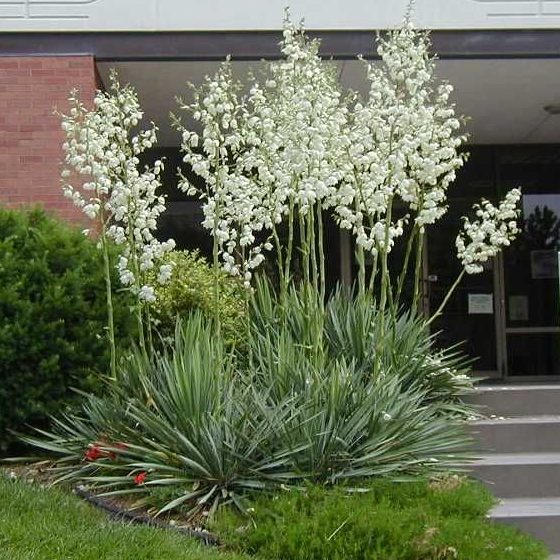

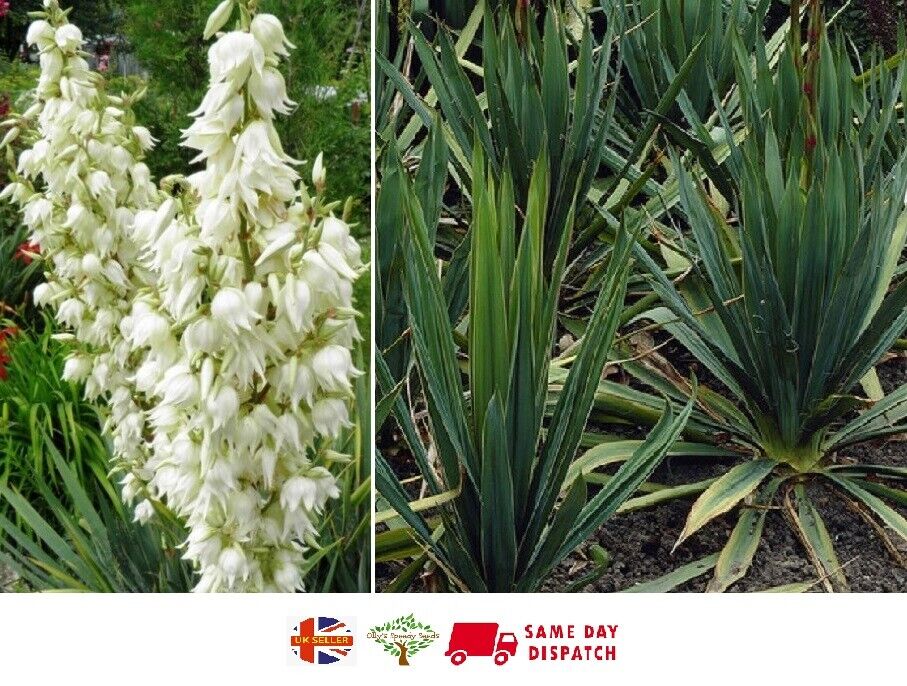

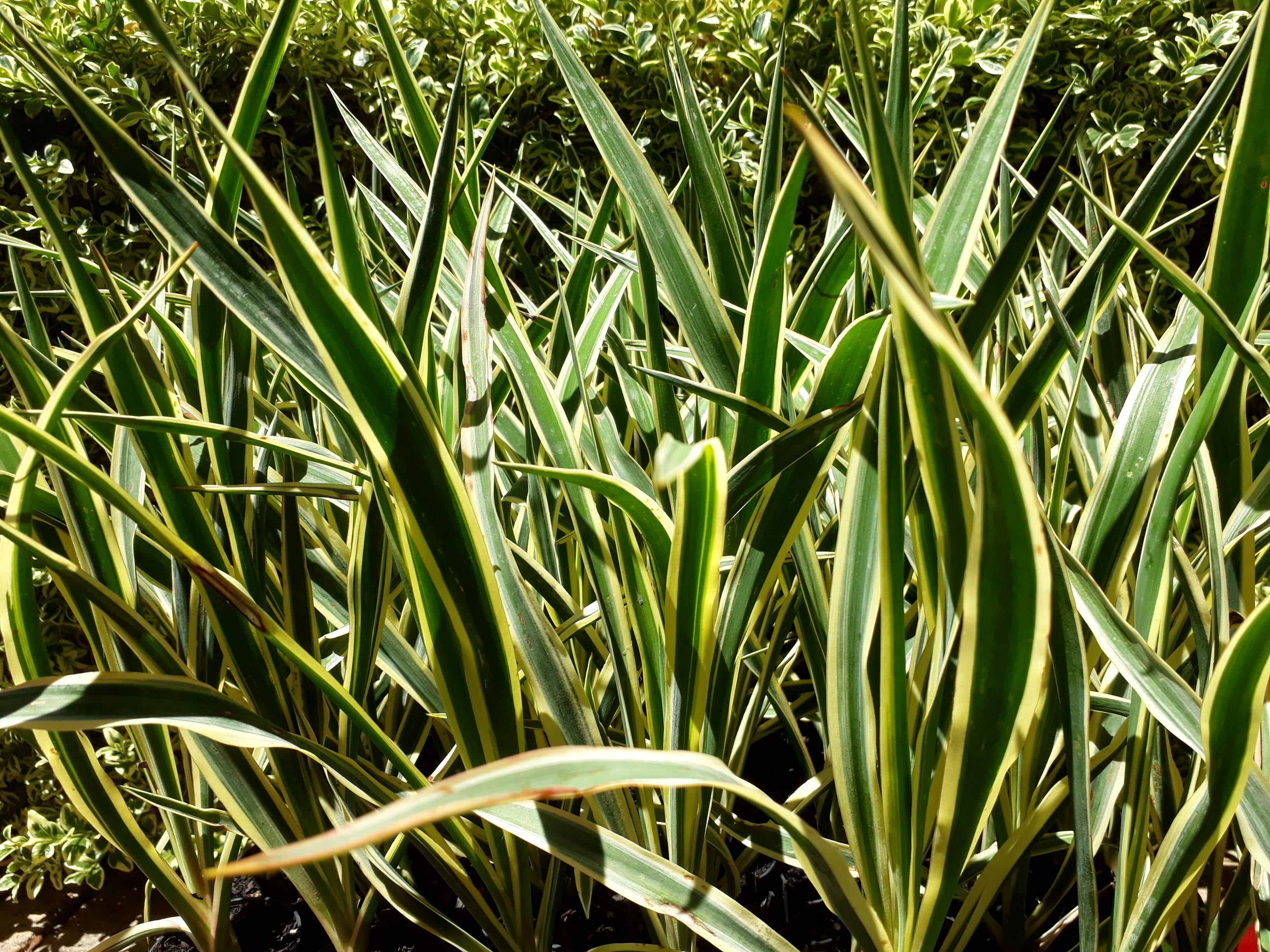

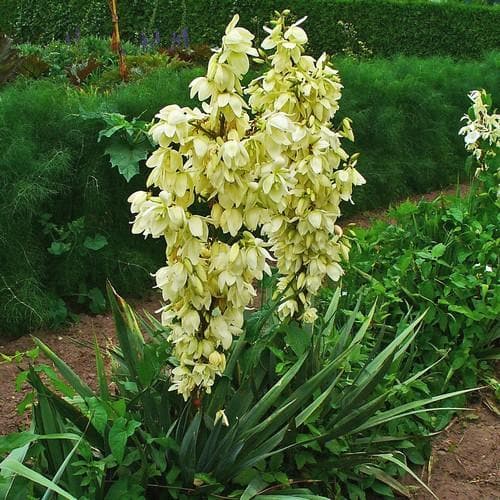
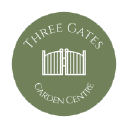
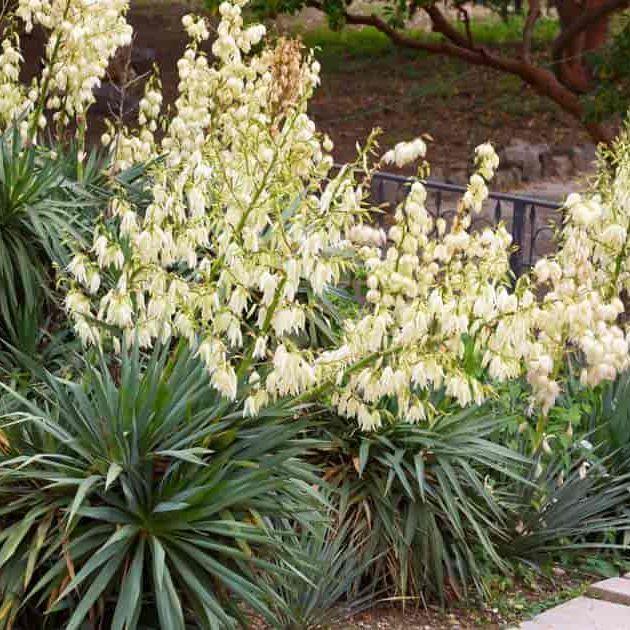



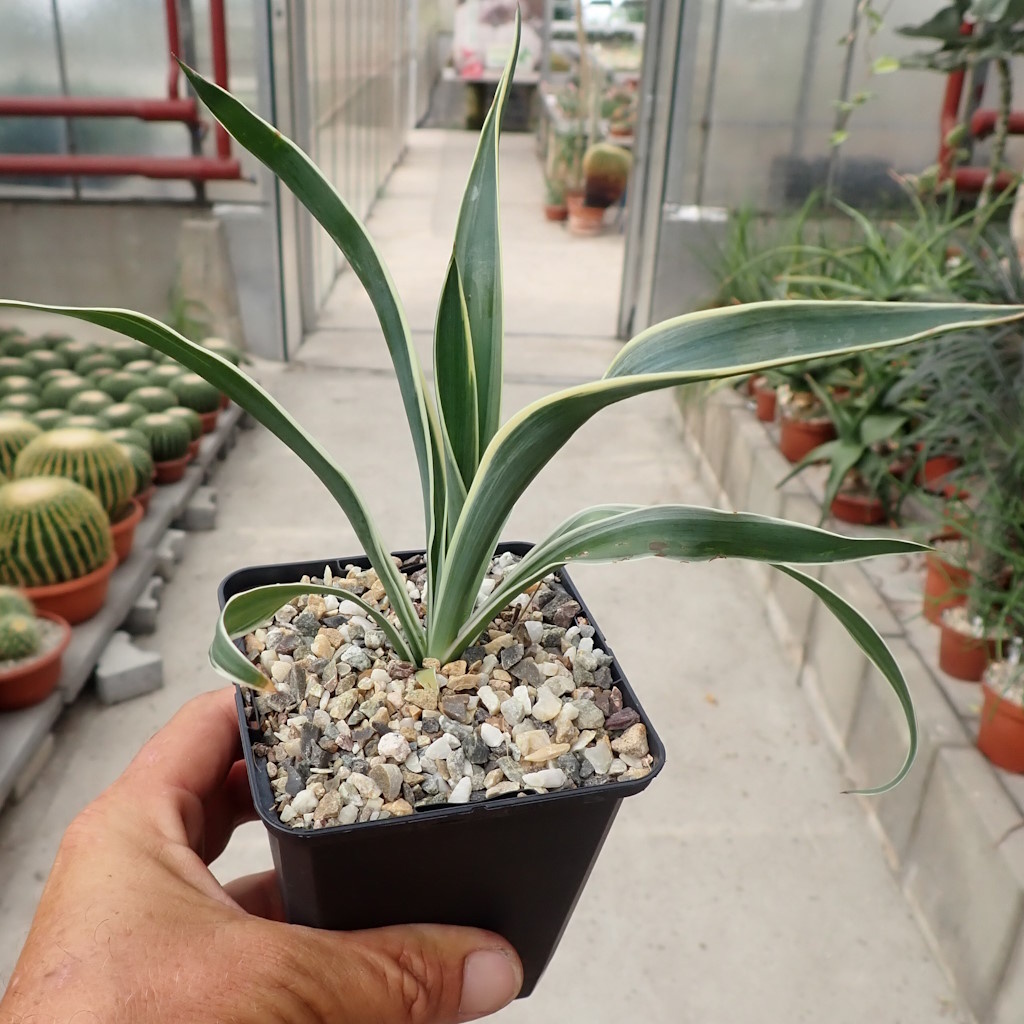



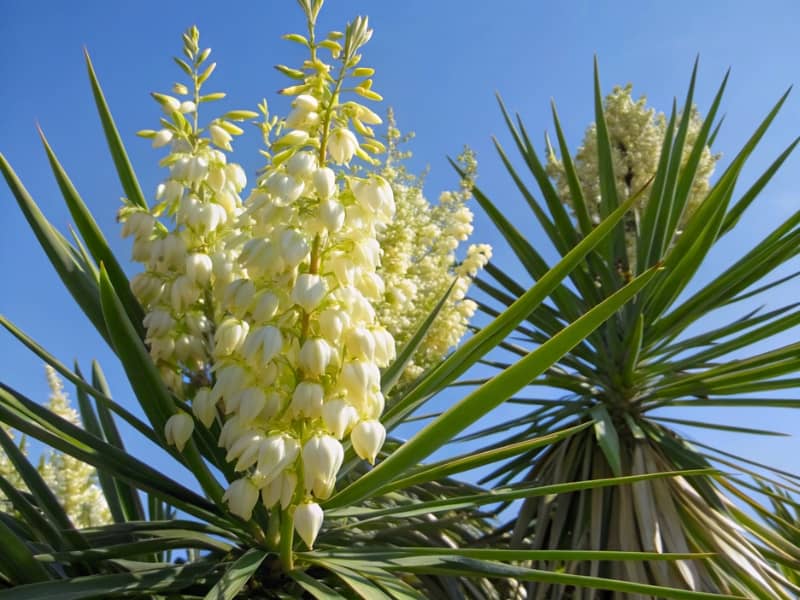
Leave a Reply